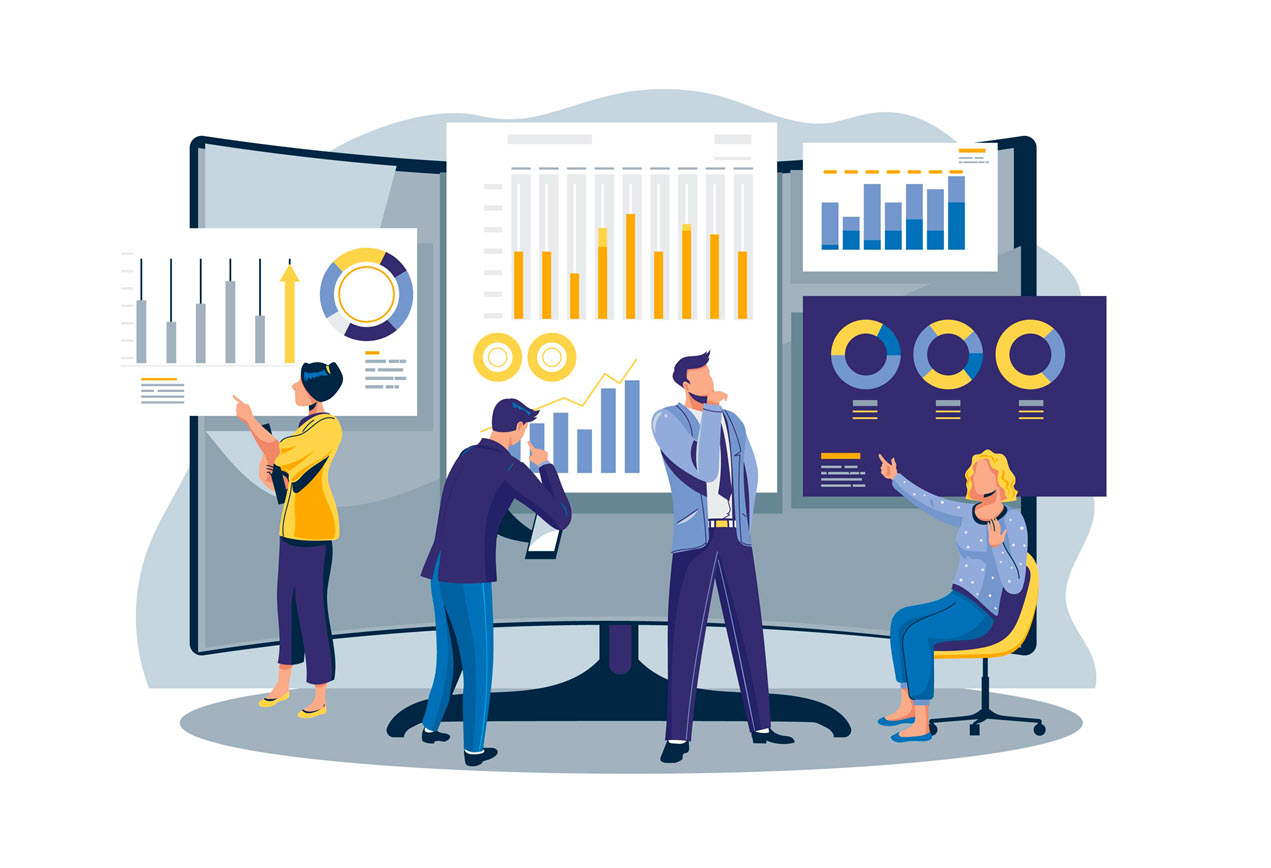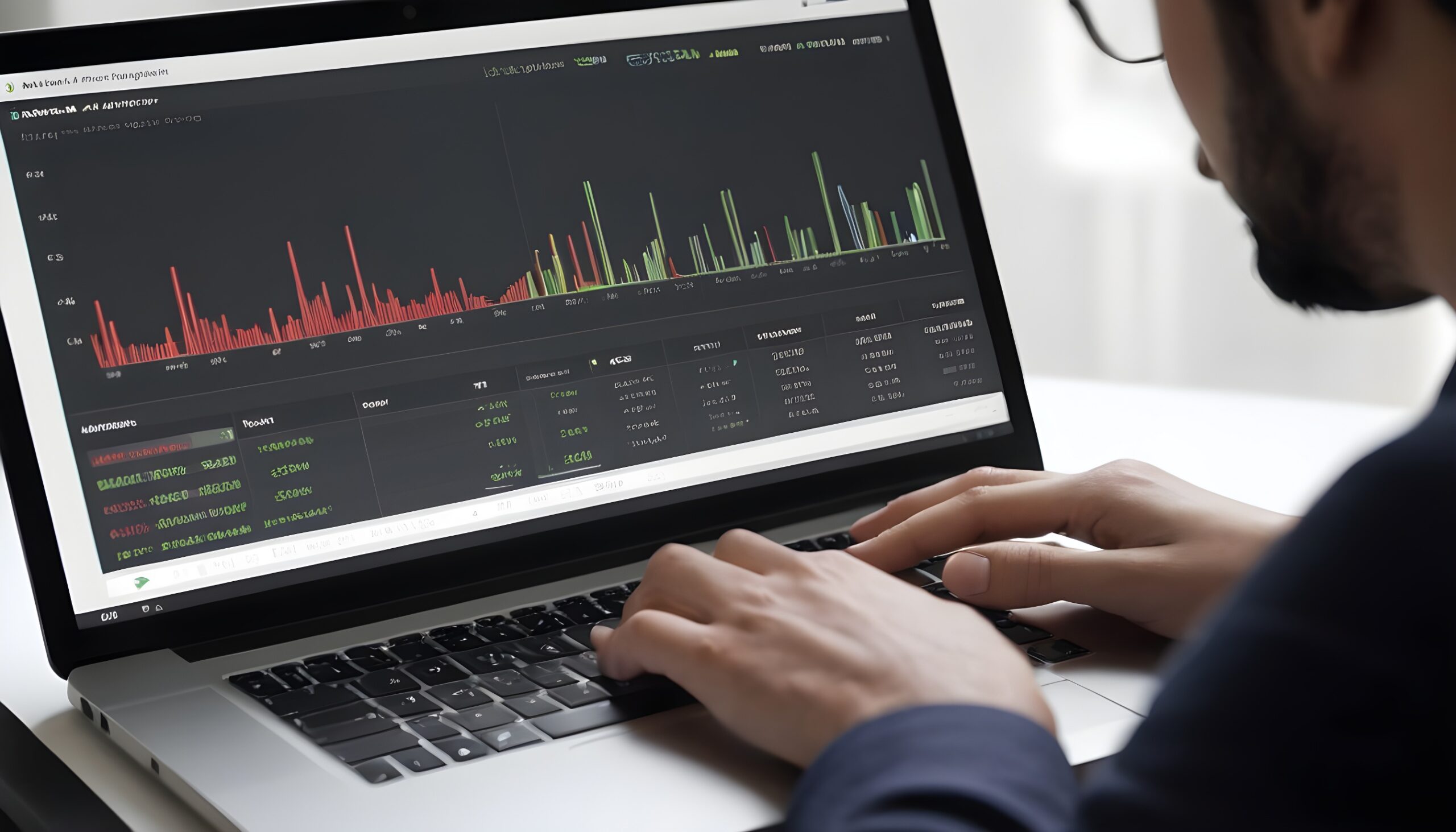Transforming Site Reliability Engineering with Business Journey Observability Platforms
- Jan 8, 2024
- Blogs
- 4 min read
Introduction: The Evolution of SRE in the Age of Business Journey Observability
As expectations of consumers and customers on IT systems and their responsiveness constantly evolve, Site Reliability Engineering (SRE) plays a pivotal role in ensuring not just system reliability but also in driving business outcomes. Traditional SRE approaches, primarily focused on technical metrics and system uptime, are evolving. A significant catalyst in this transformation is the adoption of business journey observability platforms, like VuNet, which redefine the scope and impact of SRE operations.
What is Business Journey Observability
Business-Centric Observability platform seamlessly links IT performance to business metrics and business journey performance. It empowers SRE and IT Ops teams to improve service success rates and transaction response times, while simultaneously providing business teams with critical, real-time insights.
How does Business Journey Observability empower SREs and IT Operations?
Business-IT Alignment
By focusing on business-centric KPIs, SREs gain a deeper understanding of how technical performance directly impacts critical business processes. This alignment ensures that IT operations are closely tied to the organization’s strategic goals and revenue generation. It means that technical decisions and investments are made with a clear understanding of their business impact.Faster Issue Detection
Business journey observability allows SREs to monitor and track key customer journeys and critical business processes in real time.Accelerated Incident Response
A journey-centric approach means that SREs prioritize incidents and technical issues based on their potential impact on critical business processes and customer journeys. This approach ensures that resources are allocated efficiently to resolve issues that have the greatest business significance. As a result, incident response times are reduced, minimizing downtime and mitigating financial losses.Unified View
Business journey observability platforms provide a unified view across various dimensions, including infrastructure, applications, business processes, and customer experiences. This holistic view streamlines troubleshooting and decision-making processes, leading to faster problem resolution.
Here is a comparison between Traditional vs. Modern SRE Operations with Business Journey Observability
| Traditional SRE Operations | Modern SRE Operations | |
| Technical Focus | System reliability, uptime, technical metrics | Business-centric, system reliability, seamless business journeys |
| Tool Fragmentation | Multiple disjointed tools for monitoring, logging, tracing | Unified observability platform (e.g., vuSmartMaps) |
| Response Approach | Reactive, post-impact issue resolution | Proactive monitoring and AI/ML for risk mitigation |
| Business Context Understanding | Limited understanding of business impact | Deep understanding of business KPIs and their correlation with IT performance metrics |
| Skill Set | Deep technical skills (system admin, scripting, infrastructure) | Technical skills combined with business acumen |
| Collaboration with Business Teams | Limited interaction with business units | Regular collaboration with business teams |
| Continuous Improvement | Limited optimization focus | Drive initiatives for system and business process optimization |
| Automated Workflows | Minimal automation of routine tasks | Automation of routine tasks, allowing focus on strategic initiatives |
The Modern SRE Setup: A Glimpse into the Future
Integrated Dashboards:
These provide a comprehensive view of both system health and business KPIs.
Business Journey Maps:
Visual representations of crucial business processes and their technical infrastructure provide a correlated business contextual view of the enterprise.
Collaborative Spaces:
Environments where SREs and business teams can collaborate, discuss, and initiate projects, just not discuss war room incidents.
Feedback Loops:
Mechanisms for gathering and implementing feedback from technical and business teams.
Strategic Focus:
SREs play a vital role in strategic discussions, aligning IT operations with business growth and innovation.
ROI Focus:
Alignment to Business KPIs and business business-centric approach can effectively translate into faster incident response, and better system resilience thus reducing operational costs. It also ensures high service levels influencing revenue and customer satisfaction.
Conclusion: SRE as a Strategic Asset in the Business Journey Observability Era
With the integration of business journey observability platforms, the role of SREs transcends technical expertise. They evolve into business-technical hybrids, crucial in aligning IT operations with business objectives. This paradigm shift enhances technical excellence and drives business growth, positioning the modern SRE set-up as a strategic asset to enterprises.
Table of Contents
- Introduction The Evolution of SRE in the Age of Business Journey Observability
- What is Business Journey Observability
- How does Business Journey Observability empower SREs and IT Operations?
- Here is a comparison between Traditional vs. Modern SRE Operations with Business Journey Observability
- The Modern SRE Setup A Glimpse into the Future
- Conclusion SRE as a Strategic Asset in the Business Journey Observability Era












